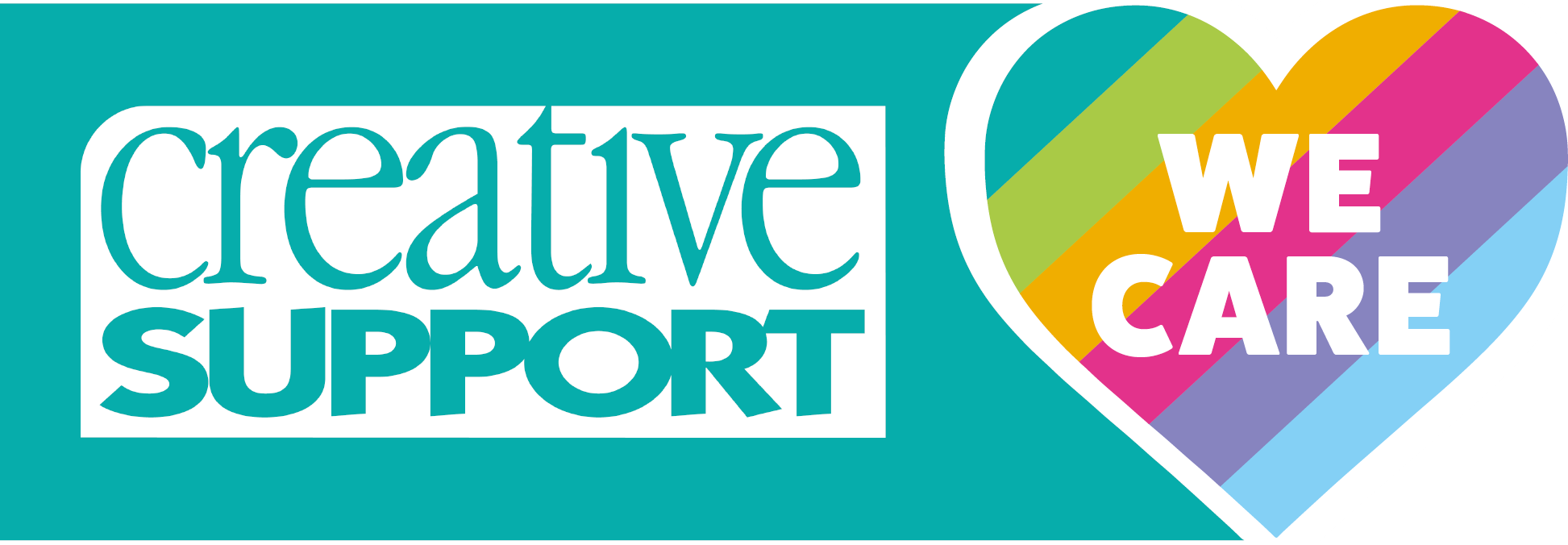Storytelling Month- Audiobooks; the Old Modern
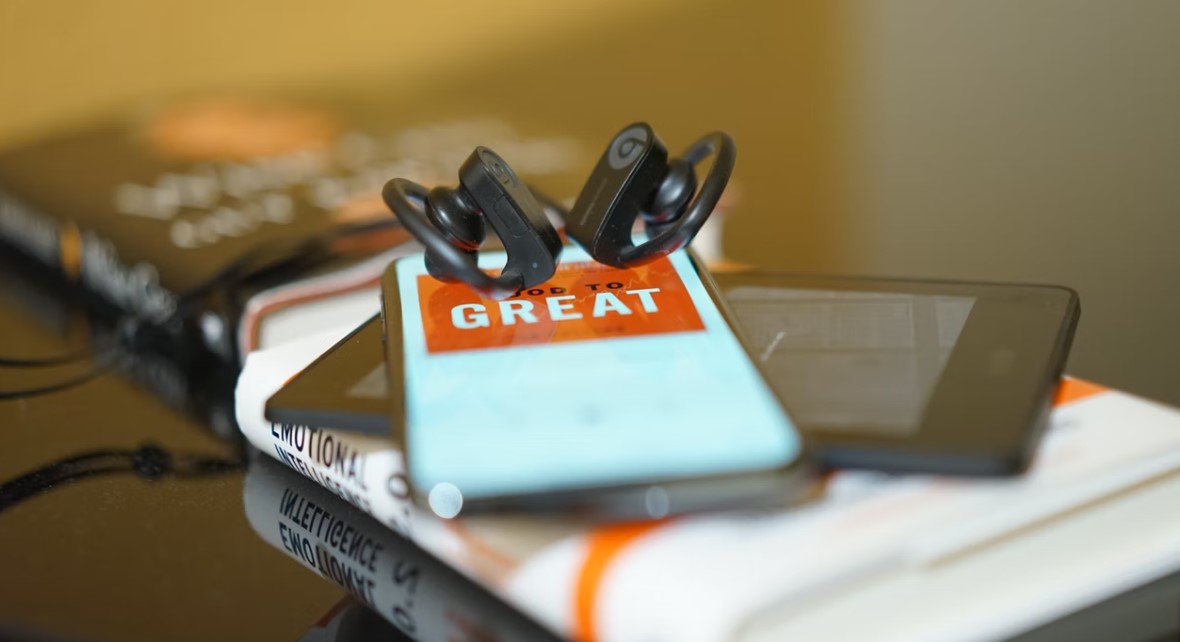
Hundreds of years ago, long before we wrote books, we told stories to our friends and family out loud. Stories are as old as human language itself, and people would gather to hear these stories and pass them down through generations. This method of storytelling is as old as they come, and yet we still use it today in the form of audiobooks. Here is how audiobooks as we now know them came into being:
1877: American inventor Thomas Edison created the phonograph, which could record and play sound like a record player. He created it so that blind people would have access to stories. Recordings could only hold up to four minutes of sound, so longer books were still a little while off.
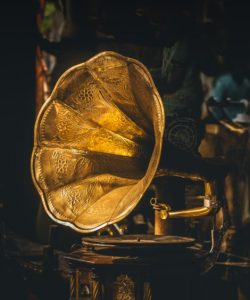
1930’s: The ‘Talking Books Program’ was set up by the American Foundation of the Blind to give visually impaired people books. These recordings could hold around 15 minutes of audio, and some of the first recordings were of chapters from books including Helen Keller’s ‘Midstream’ and Edgar Allan Poe’s famous poem ‘The Raven’. The first British-produced audiobook was of Agatha Christie’s ‘The Murder of Roger Ackroyd’ in 1934.
1952: The first company dedicated to create audiobooks was set up, called Caedmon Records. They used LP records which could hold up to 45 minutes of recording and were more affordable.
1960’s: Cassette tapes were created, and people could use these to record longer stories. Multiple tapes would be put together to make full length novels! Cheap cassette players like the classic Walkman helped make these more accessible too.
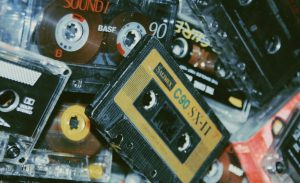
1984: Brilliance Audio invented a way to double the amount of audio recording on a cassette, so more and more audiobooks could come onto the market. By the mid 1990’s, the audiobook industry was worth $1.5bn!
1997: The creation of the internet helped make audiobooks more accessible as people were now able to download them to their devices. Audible created the world’s first digital media player that could hold two hours of audio and directly download audiobooks. You might have heard of Audible, as Amazon bought the company in 2008!
Now: With mobile phones, tablets, smaller laptops, and Bluetooth in our cars and speakers, audiobooks are used more and more. Many audiobooks are now cheaper than physical books, and you can buy subscriptions for as many audiobook downloads as your device can hold!
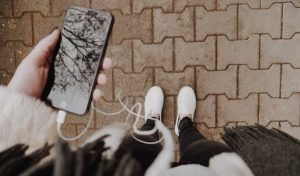
Audiobooks are a fantastic resource with a strong history that can be traced back to the very origins of human language itself- which is around 200,000 years old! Audiobooks are accessible, affordable, and can come in any format that works best for you, so why not give them a go? You can find some great accessible, and potentially free audiobooks in the following resources:
Audiobook Resources
There are lots of companies and organisations who you can download audiobooks from. One is Bookshare which is an online library of computer-red audiobooks in lots of different accessible formats so that everyone can enjoy them.
Another similar organisation called Calibre Audio offers free audiobook subscription services to anyone who has a print disability. Their website states ‘We believe that everyone deserves to lose themselves in a good book and our audiobook services can be accessed to suit every individual’s needs.’
Listening Books is another UK-based service which provides audiobooks to listen to via the internet, to download, or to be posted out, for anyone who has a disability of illness which makes it difficult to hold a book, or read.
The Royal National Institute of Blind People (RNIB) also offers a talking books service, and will post the audiobook to your house as a CD or on a memory stick. This is a free service for print disabled library members. They have over 30,000 audiobooks available so plenty of choice!
